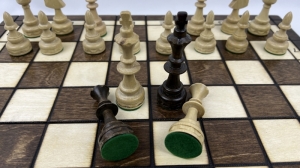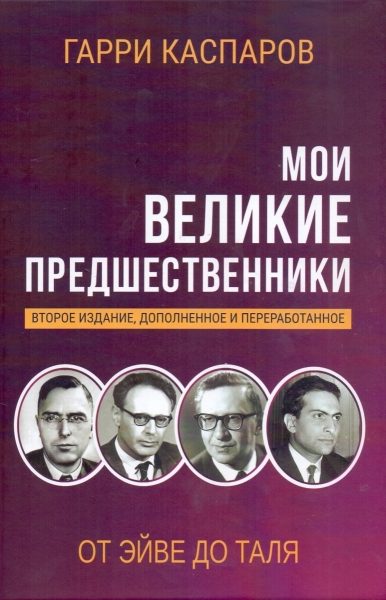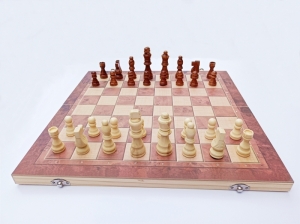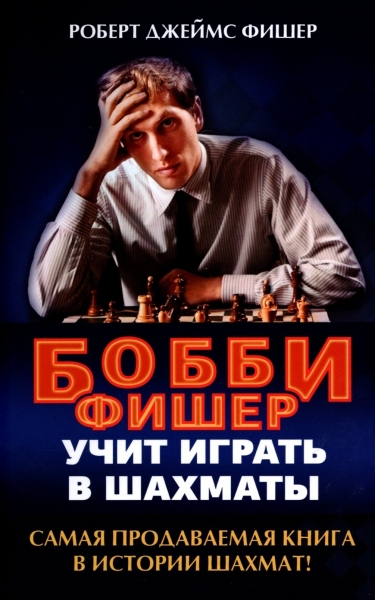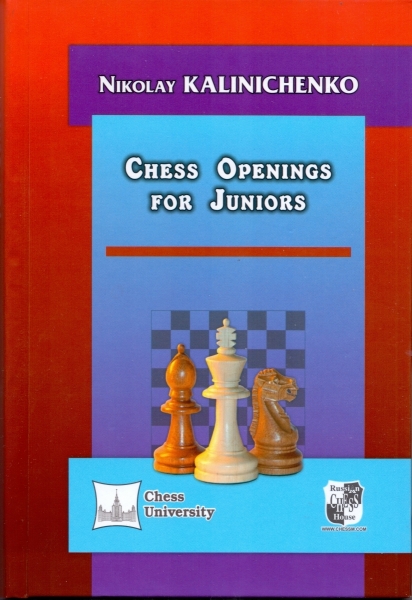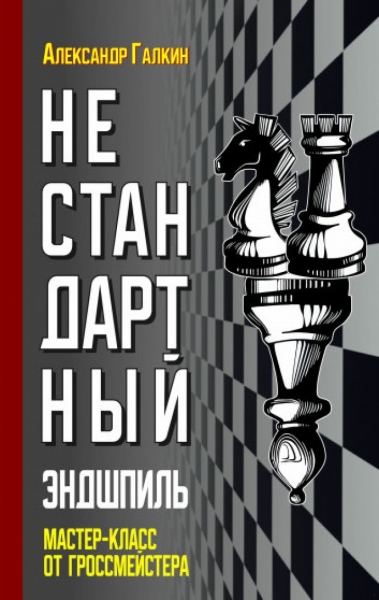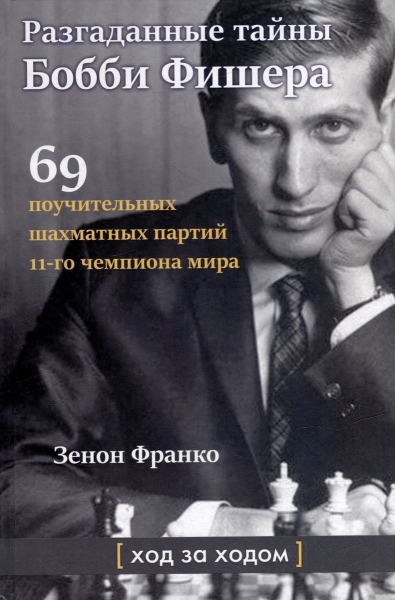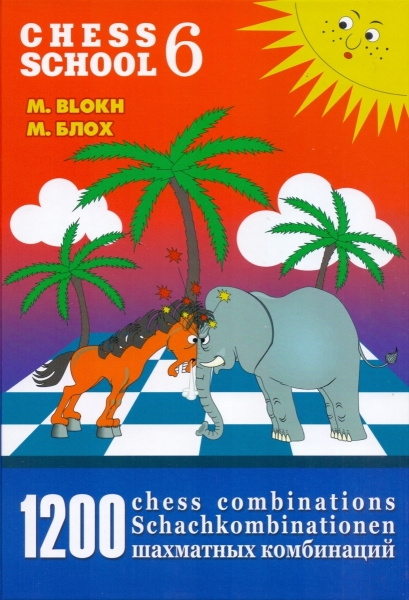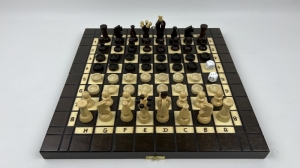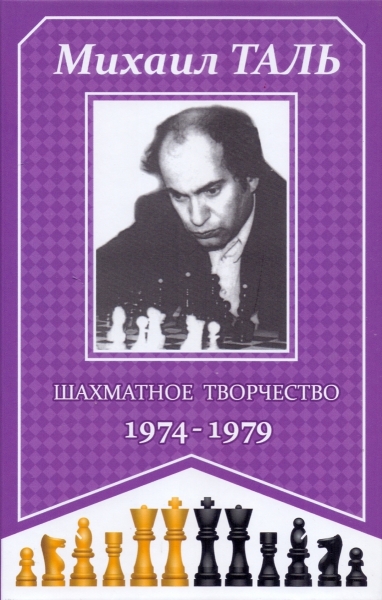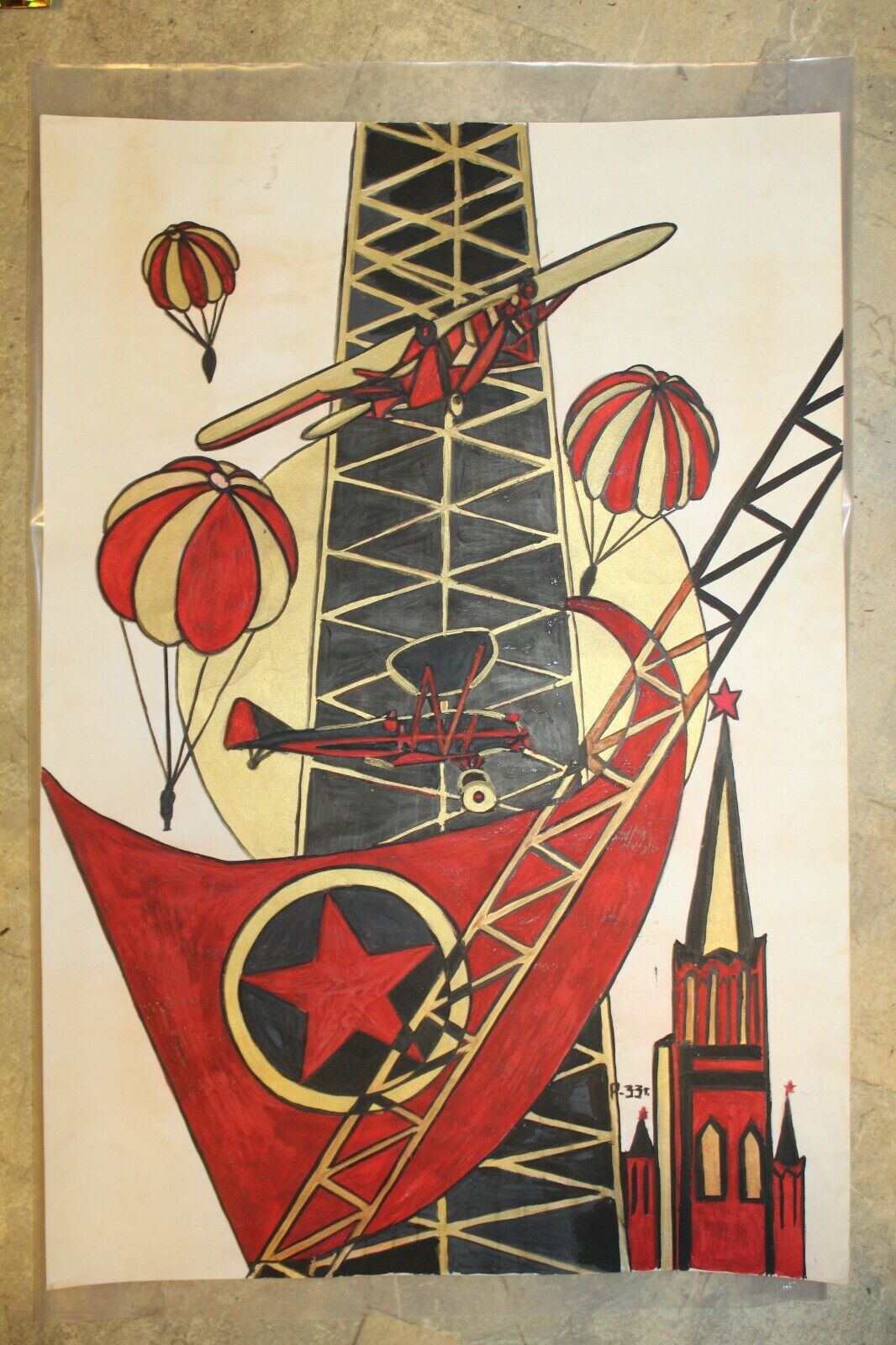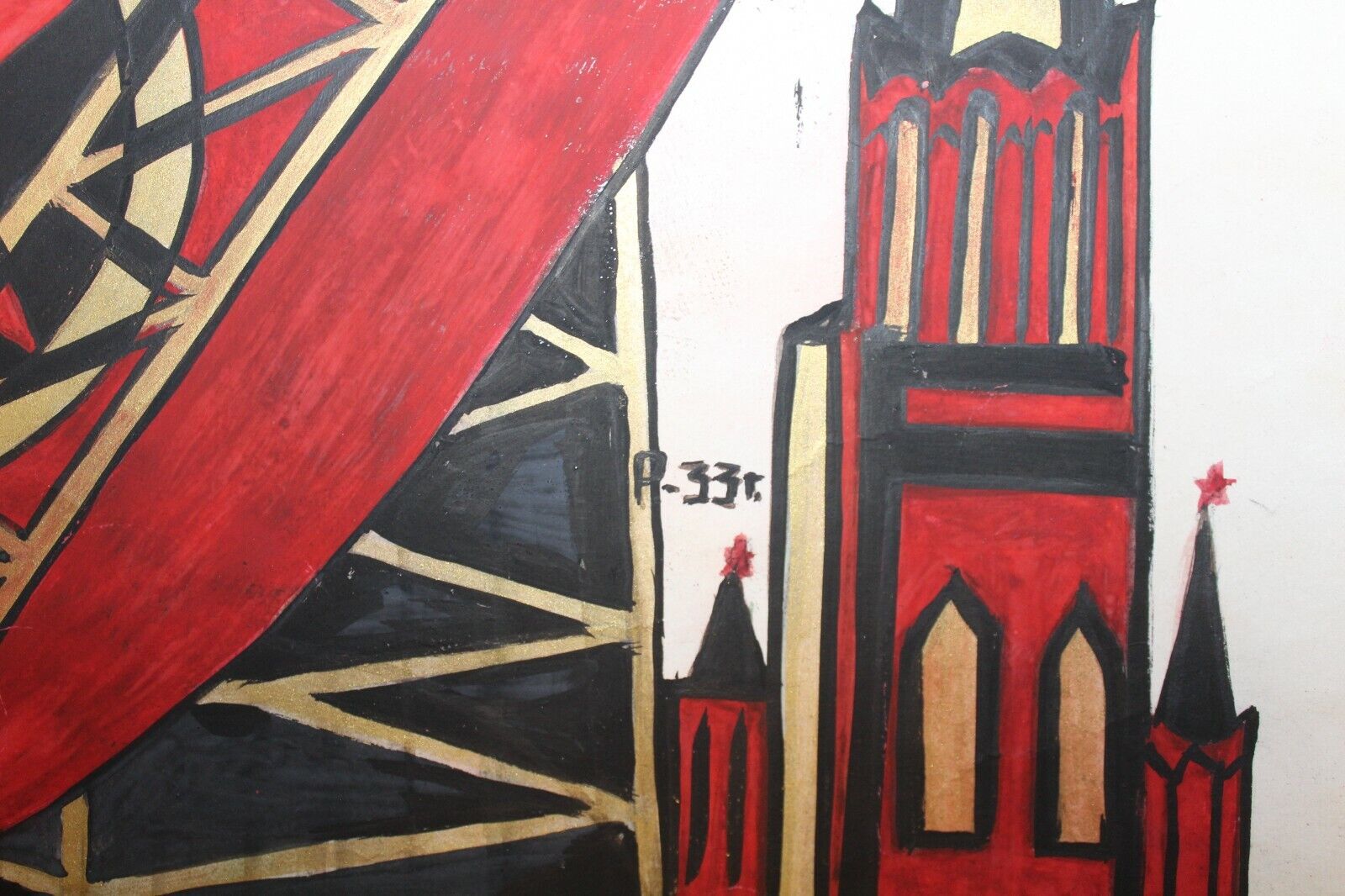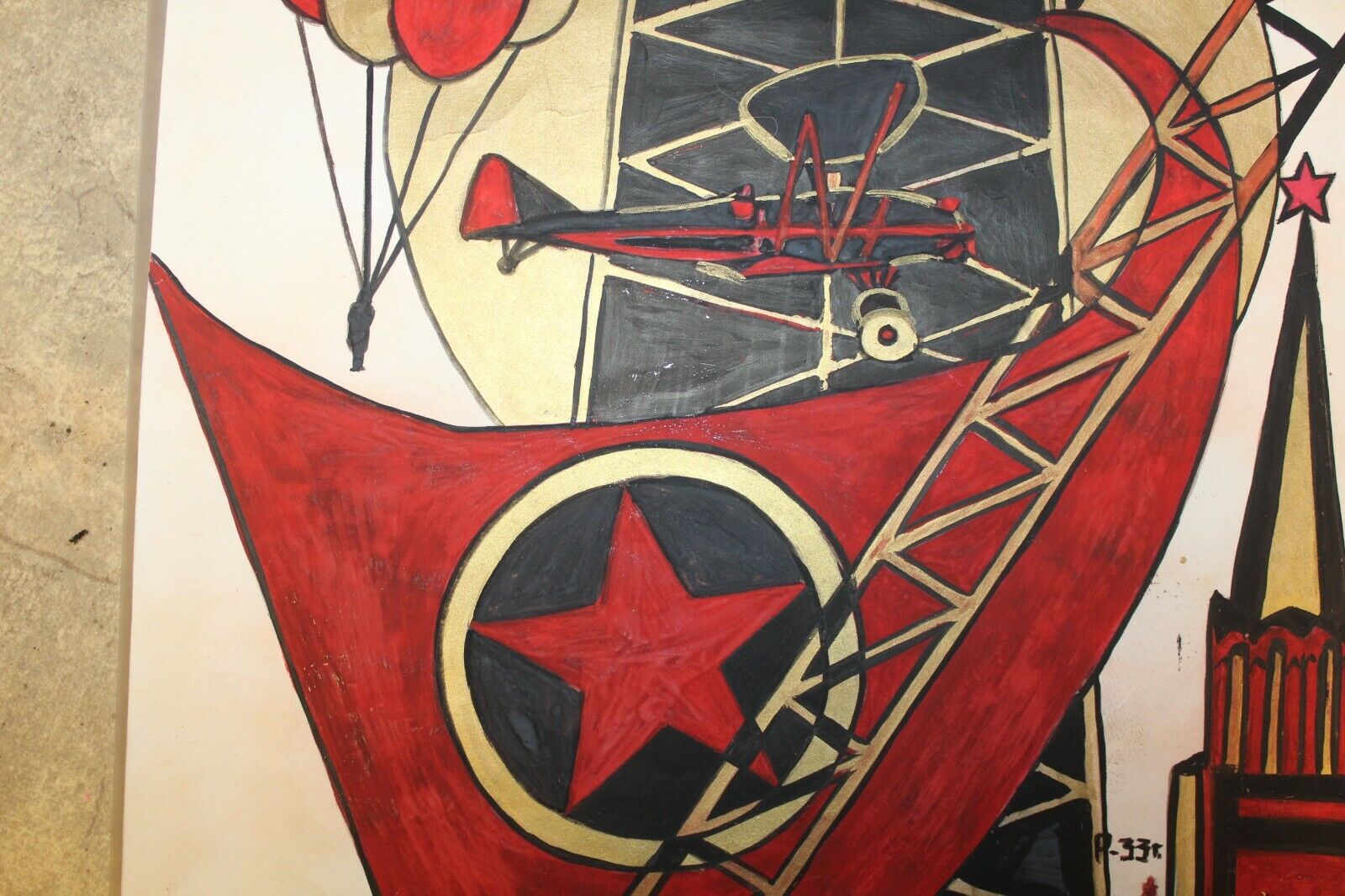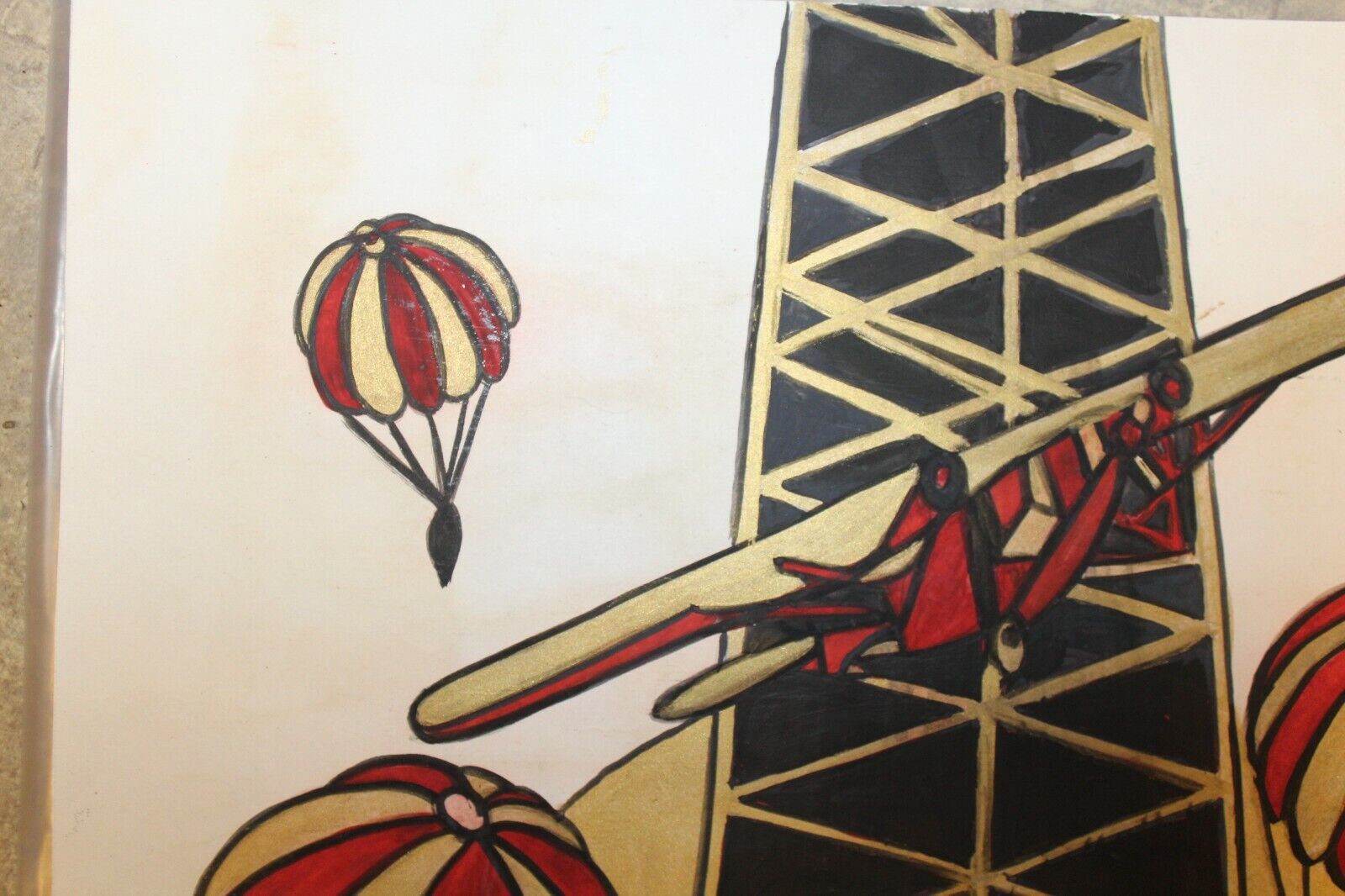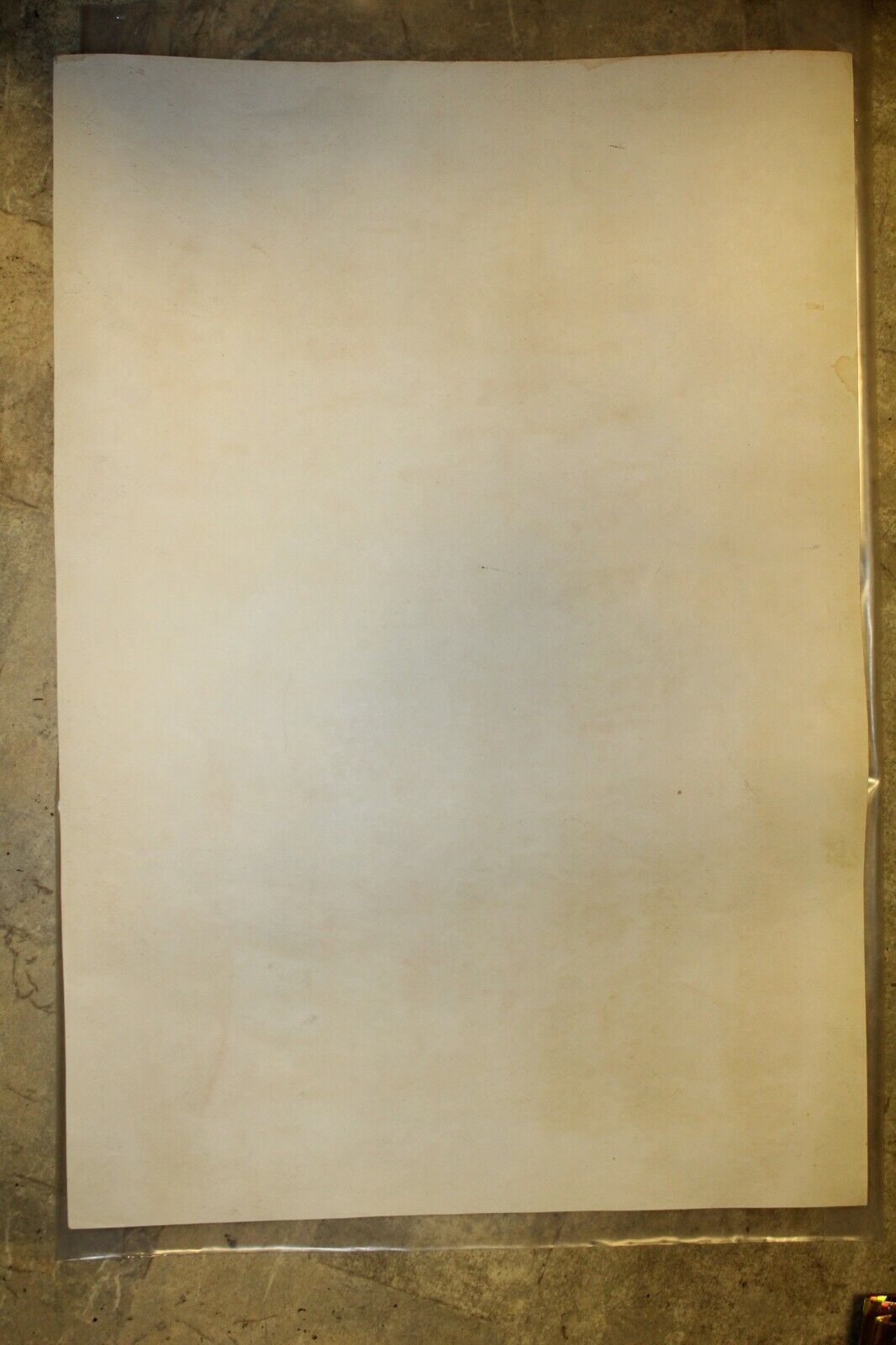Avant-Garde Painting Soviet Poster: Rosalia Rabinovich. Propeller. 1933. 58x40cm
Description:
Soviet Avant-Garde Painter: Rabinovich Rosalia Moiseevna (1895, Kiev 1988, Moscow)
Avant-Garde Painting for Soviet posters
Aeroplan+Parachute 1933
Material: paper, gouache, metallic paint
Technique of painting: combined
Dimensions: 580 * 400
The first signed and inscribed in Cyrillic and dated 1933 (lower right)
Rosalia Rabinovich, 1895 (Kiev) 1988 (Moscow)
She was a painter, graphic artist, scenic designer, and she also worked in the applied and decorative arts.
She was the sister of I.M. Rabinovich, the artist and scenic designer.
Studied at the A.A. Murashko Drawing School in Kiev (1912-1916) and A.A. Eksters studio of decorative arts (1918-1919).
Joined a group of radical artists and writers the Literary Club of Artists, Writers, Performers, and Musicians at the end of 1910.
Moved to Moscow in 1919. First, she studied at A. Osmerkin and D. Scherbinovskys state-run art studios and then at Higher Art and Technical Studios at R. Falks studio (1920-1925), graduating the latter with the title of First Class Painter. She painted landscapes of Moscow and the Moscow suburbs, portraits, and other landscapes and made posters and industrial art, showing her work at exhibitions hosted by the Moscow Painters Society (1925), ROST (1928), and other institutions.
Joined ROST in 1928.
Member and advocate of the Society of Socially Active Artists (1928-1930). Started working at a hand painted fabrics factory in 1929.
Started teaching theater design at the A. S. Bubnov Central House of Childrens Art in 1933. The dolls and costumes her students made for Alexander Pushkins 100th birthday garnered top prizes at an international exhibition in Paris and at a world exhibition in New York.
Was the theater designer for a few plays, directed by B. Nord, at the Central State Youth Theater.
Worked as an artist at a theater in Ashgabat (Turkmenistan) from 1940 through 1943.
Had solo exhibitions in Moscow (1963) and Klin (1977).
In 2006, there was a retrospective of her work in Kiev.
Rabinovichs art works are displayed at many museums, including the Tretyakov Gallery, Pushkin Museum of Fine Arts, A. A. Bakhrushin State Central Theatre Museum, Nukus Museum of Art, State Museum-Reserve Schelykovo, as well as at galleries in Arkhangelsk, Vladivostok, Donetsk, Klin, the New Jerusalem, Omsk, Tbilisi, and Chelyabinsk.
-
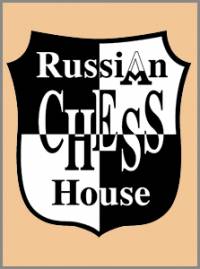 The life of a chess player in the system. Memories of the grandmaster
Author:
The life of a chess player in the system. Memories of the grandmaster
Author:
Averbah 45.00 $ -
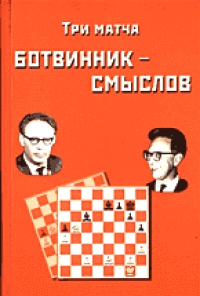 Три матча Ботвинник-Смыслов
Author:
Три матча Ботвинник-Смыслов
Author:
Botvinnik 45.00 $ -
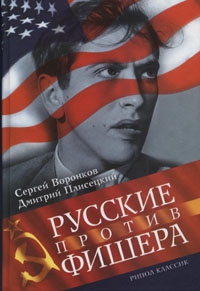 Russians vs Fisher
Author:
Russians vs Fisher
Author:
Voronkov 65.00 $ -
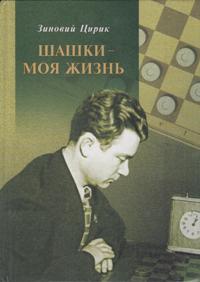 Checkers is my life
Author:
Checkers is my life
Author:
Ciric 87.50 $ -
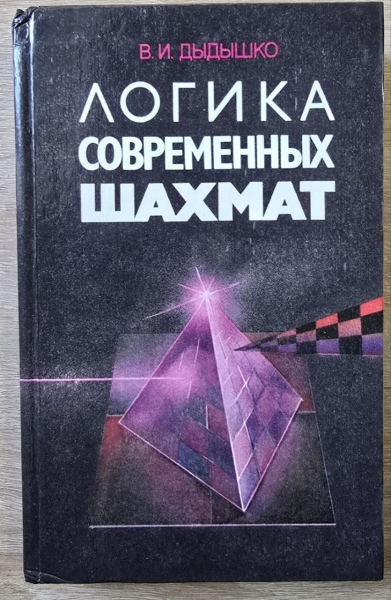 The logic of modern chess
Author:
The logic of modern chess
Author:
Dydyshko 72.50 $ -
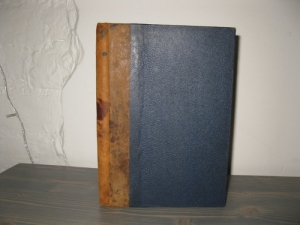 Siegbert Tarrasch. The Queen
Author:
Siegbert Tarrasch. The Queen
Author:
Tarrash 72.50 $ -
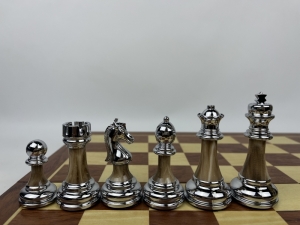 High quality acrylic metal heavy chess pieces with wooden board
202.50 $
High quality acrylic metal heavy chess pieces with wooden board
202.50 $
-
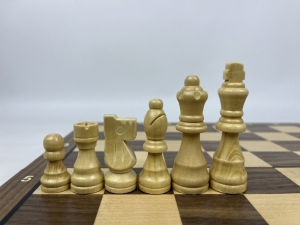 Wooden magnetic Staunton chess with a lock (silver)
56.25 $
Wooden magnetic Staunton chess with a lock (silver)
56.25 $
-
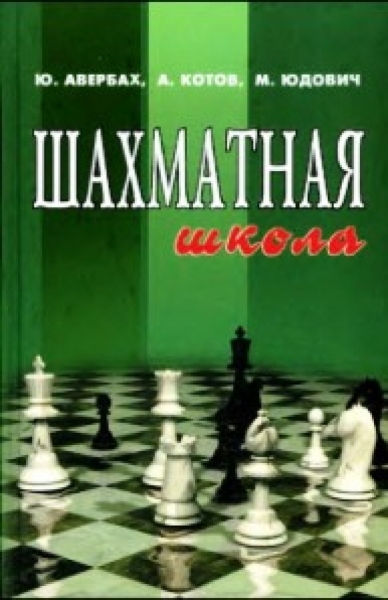 Chess school
Author:
Chess school
Author:
Averbah 15.00 $ -
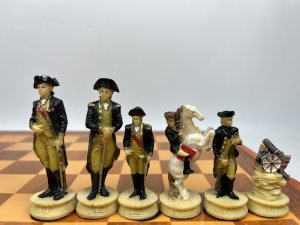 The chess set of The Chessmen. US war - Great Britain
325.00 $
The chess set of The Chessmen. US war - Great Britain
325.00 $
 Русский
Русский  Английский
Английский 